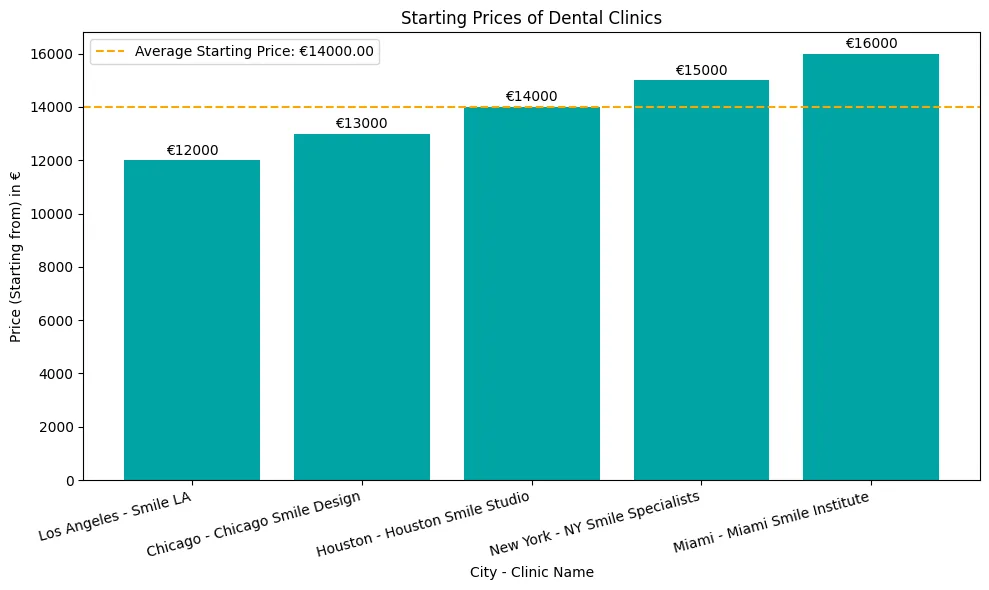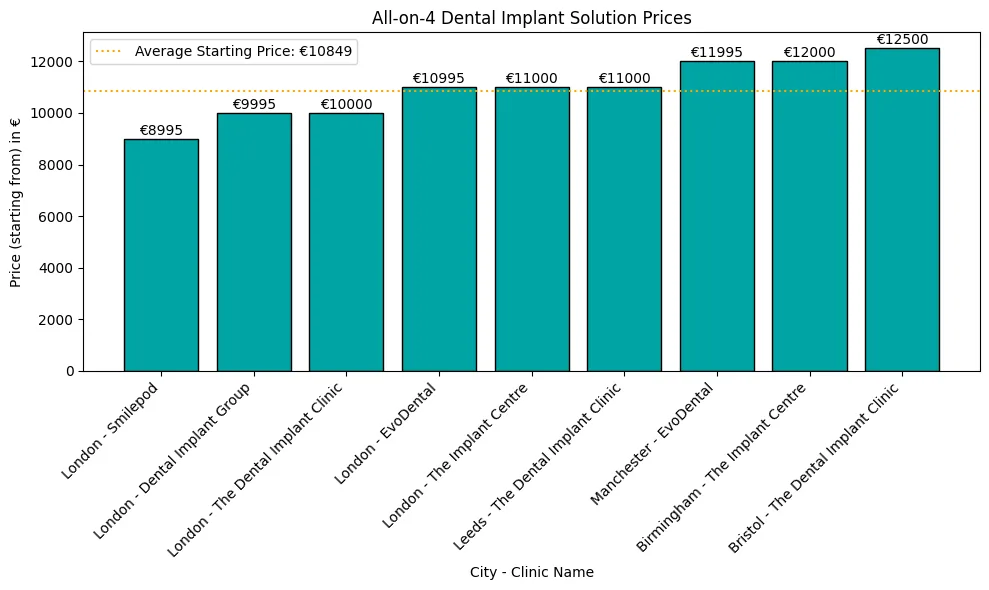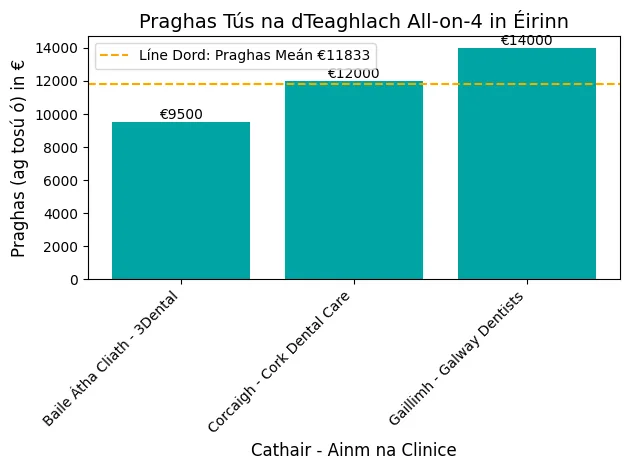Implantet dentare Humbja e kockave mund të jetë frikësuese nëse doni të rifitoni buzëqeshjen dhe vetëbesimin.
Nëse po pyesni veten nëse mund të merrni implante dentare me humbje kockore ose jeni të shqetësuar për shkallët e suksesit dhe koston, nuk jeni vetëm.
A mund të merrni implante dentare me humbje kockore?
Po, mund të vendosni implante dentare edhe me humbje kockore. Transplantimi i kockave, ngritja e sinuseve, rritja e kreshtës dhe implantet zigomatike janë opsione efektive për pacientët me humbje të rëndë të kockave. Këto procedura rikthejnë vëllimin dhe dendësinë e mjaftueshme të kockave për të mbështetur implantet. Studimet tregojnë se transplantet e kockave me ngritjen e sinuseve kanë një shkallë mbijetese të implanteve prej 98.73%.
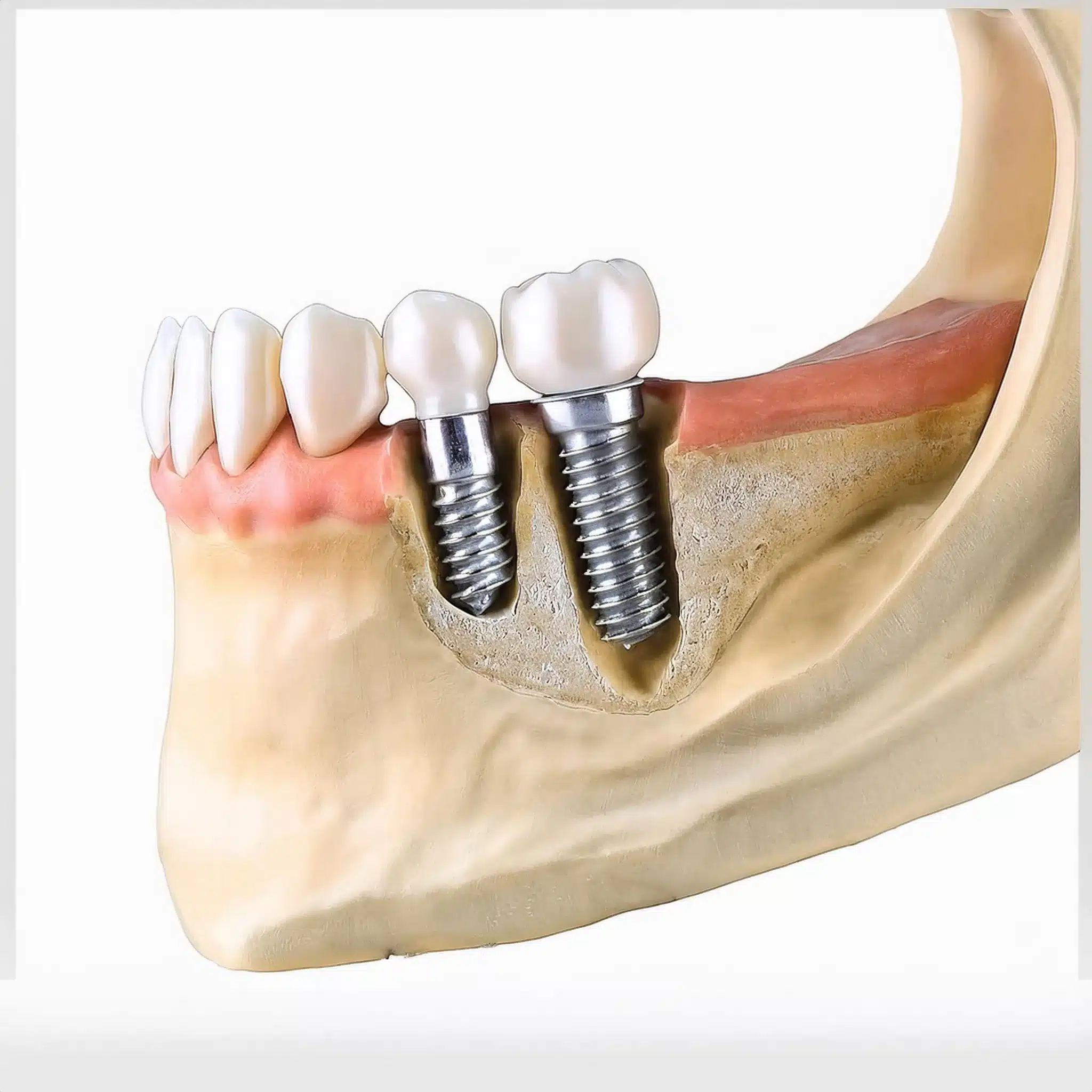
Humbja e kockave dhe si ndikon në implantet dentare
Çfarë e shkakton humbjen e kockave?
Humbja e kockave në nofull është një shqetësim për ata që duan implantet dentare.
Mund të shkaktohet nga:
Humbja e dhëmbëve: Kur humbet një dhëmb, kocka e nofullës në atë zonë do të fillojë të përkeqësohet për shkak të mungesës së stimulimit.
Kjo është për shkak se rrënjët e dhëmbëve natyralë ofrojnë stimulim thelbësor për të ruajtur densitetin e kockave.
Sëmundja periodontale: Kjo sëmundje e mishrave të dhëmbëve mund të shkatërrojë kockën mbështetëse rreth dhëmbëve, duke rezultuar në humbje kockore.
Është shkaku kryesor i humbjes së dhëmbëve tek të rriturit dhe mund të ndikojë rëndë shëndetin e nofullës.
Trauma ose lëndim: Trauma fizike e nofullës mund të dëmtojë kockën dhe të çojë në resorbim me kalimin e kohës.
- Kushtet mjekësore: Gjendje të tilla si osteoporoza mund të dobësojnë kockat në të gjithë trupin, duke përfshirë nofullën.
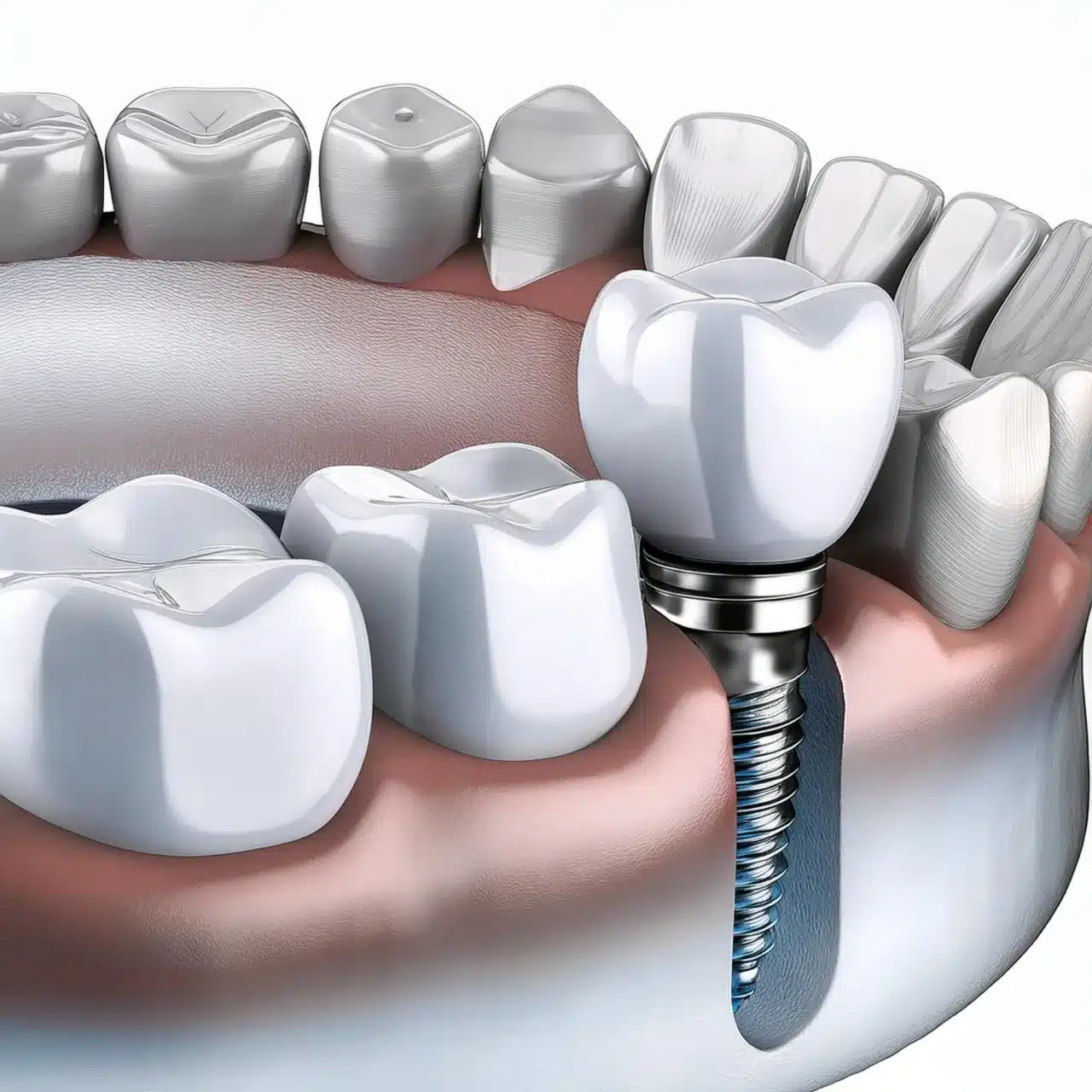
Si ndikon humbja e kockave në implantet dentare?
Humbja e kockave mund të ndikojë në suksesin e implanteve dentare. Ja se si:
Vëllimi i pamjaftueshëm i kockave: Implantet kanë nevojë për një sasi të caktuar kocke për t'u ankoruar.
Humbja e kockave mund të rezultojë në vëllim të pamjaftueshëm dhe është e vështirë të vendosësh implante pa procedura shtesë si shartimi i kockave.
Stabiliteti i implantit: Pa kocka të mjaftueshme, implantet nuk do të arrijnë stabilitetin e nevojshëm dhe do të rrisin rrezikun e dështimit.
Sipas studimeve, ruajtja e lartësisë së kockave është çelësi për suksesin dhe estetikën e implantit (1)
Opsionet e trajtimit për humbjen e kockave
Pyetja e që mund të vendosin implante dentare varet shumë nga shëndeti i kockave dhe gjendja e përgjithshme orale.
Shartimi i kockave
Shartimi i kockave është një procedurë që shton materialin kockor në nofull për të rritur volumin dhe densitetin dhe për të krijuar një bazë të qëndrueshme për implantet.
Kjo është e nevojshme që pacientët me humbje të rëndë kockore të kenë mbështetje të mjaftueshme për implantin.
Sipas studimeve, shartimi i kockave mund të përmirësojë shkallët e suksesit të implantit, me stabilitet afatgjatë të arritur në shumicën e rasteve (2).
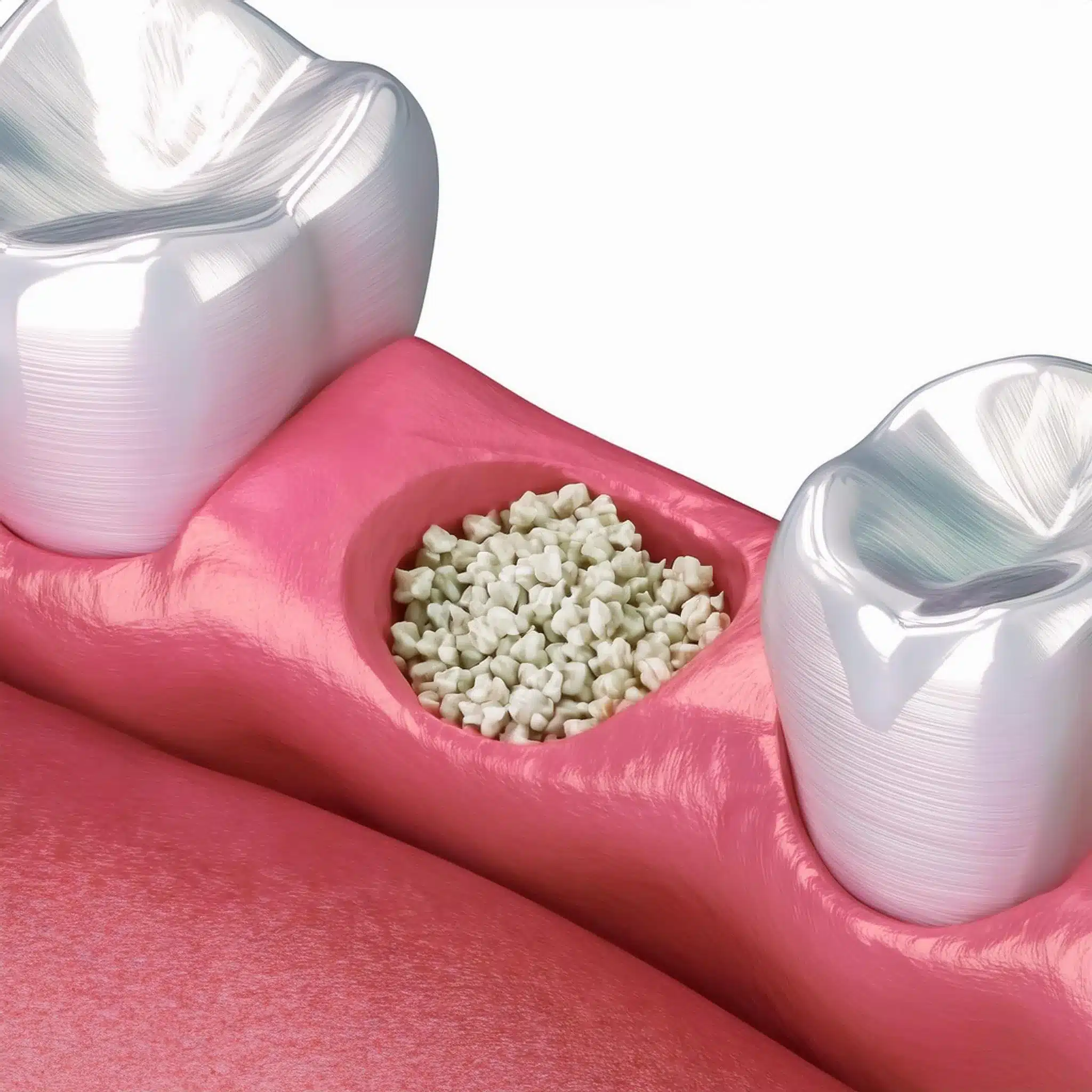
Ngritja e sinuseve
Një sinus lift është një procedurë kirurgjikale që shton kockën në nofullën e sipërme në zonën e molarëve dhe premolarëve kur sinuset janë shumë afër nofullës për t'u vendosur implante.
Kjo procedurë përfshin ngritjen e membranës së sinusit dhe futjen e materialit të transplantit kockor në hapësirë për të rritur lartësinë e kockës dhe për të lejuar vendosjen e implantit.
Hulumtimet tregojnë shkallë të lartë të mbijetesës së implantit pas ngritjes së sinusit, me procedurat e shartuara që kanë shkallë suksesi 98,73% (4)
Rritja e kreshtës
Rritja e kreshtës bëhet për të rivendosur konturin natyral të mishrave të dhëmbëve dhe nofullës që mund të ketë humbur për shkak të resorbimit të kockave.
Kjo procedurë përfshin vendosjen e materialit të transplantit kockor përgjatë kreshtës së nofullës për të pasur vëllim të mjaftueshëm kockor për vendosjen e implantit.
Është e nevojshme të kemi densitet dhe vëllim të mjaftueshëm kockor për implante të suksesshme (5).
Shartimi i indeve
Shartimi i indeve përfshin transplantimin e indeve të buta në zonat ku indet e mishrave të dhëmbëve janë tërhequr, si për funksionin ashtu edhe për estetikën.
Kjo është e dobishme në rastet kur recesioni i mishrave të dhëmbëve ka ekspozuar implantin ose ka prekur vijën e buzëqeshjes.
Ai rrit pamjen e mishrave të dhëmbëve rreth implanteve dhe siguron mbështetje dhe mbrojtje shtesë për implantin (4).
| Teknika | Norma e suksesit | Burimi |
|---|---|---|
| Ngritja e sinuseve | 98.73% | Referenca 4 |
| Shartimi i kockave | Shkalla e lartë e suksesit | Referenca 2 |
| Rritja e kreshtës | Suksesi i përmirësuar i implantit | Referenca 5 |
Para operacionit tuaj të implantit
Vlerësimi dhe Planifikimi nga dentisti juaj
Para se t'i nënshtroheni operacionit të implantit dentar, është e nevojshme një fazë vlerësimi dhe planifikimi.
Kjo përfshin një ekzaminim të plotë dentar, duke përfshirë rreze X dentare dhe imazhe 3D për të vlerësuar gjendjen e dhëmbëve dhe nofullës tuaj (5).
Dentisti juaj do të shqyrtojë gjithashtu historinë tuaj mjekësore për të parë nëse jeni një kandidat i mirë për procedurën.
Testet diagnostike: Një vlerësim i plotë klinik përfshin një ekzaminim të gojës suaj, rreze X dentare dhe imazhe 3D për të vlerësuar shëndetin e zgavrës suaj me gojë dhe për të përcaktuar nëse implantet janë të përshtatshme (5, 4).
Udhëzime para operacionit: Ndiqni me kujdes udhëzimet para operacionit, mos hani ose pini asgjë pas mesnatës së natës para operacionit; dhe vishni rroba të rehatshme (3, 4).
Çfarë të presësh
Të dish se çfarë të presësh gjatë operacionit të implantit dentar do të ndihmojë në uljen e ankthit dhe ta bëjë procesin më të qetë.
Opsionet e qetësimit: Në varësi të nivelit tuaj të rehatisë dhe kompleksitetit të procedurës, opsionet e qetësimit mund të diskutohen për t'ju bërë të qetë gjatë operacionit (5).
Hap pas hapi: Procedura përfshin hapa përgatitor si shartimi i kockave nëse është e nevojshme, pastaj vendosja e implantit (1).
Kujdesi pas operacionit: Ndiqni udhëzimet pas operacionit për të siguruar shërimin e duhur dhe për të minimizuar komplikimet.Procesi dhe afati kohor i implantit dentar hap pas hapi përfshin hapa përgatitor si shartimi i kockave nëse është e nevojshme, pastaj vendosja e implantit (1).
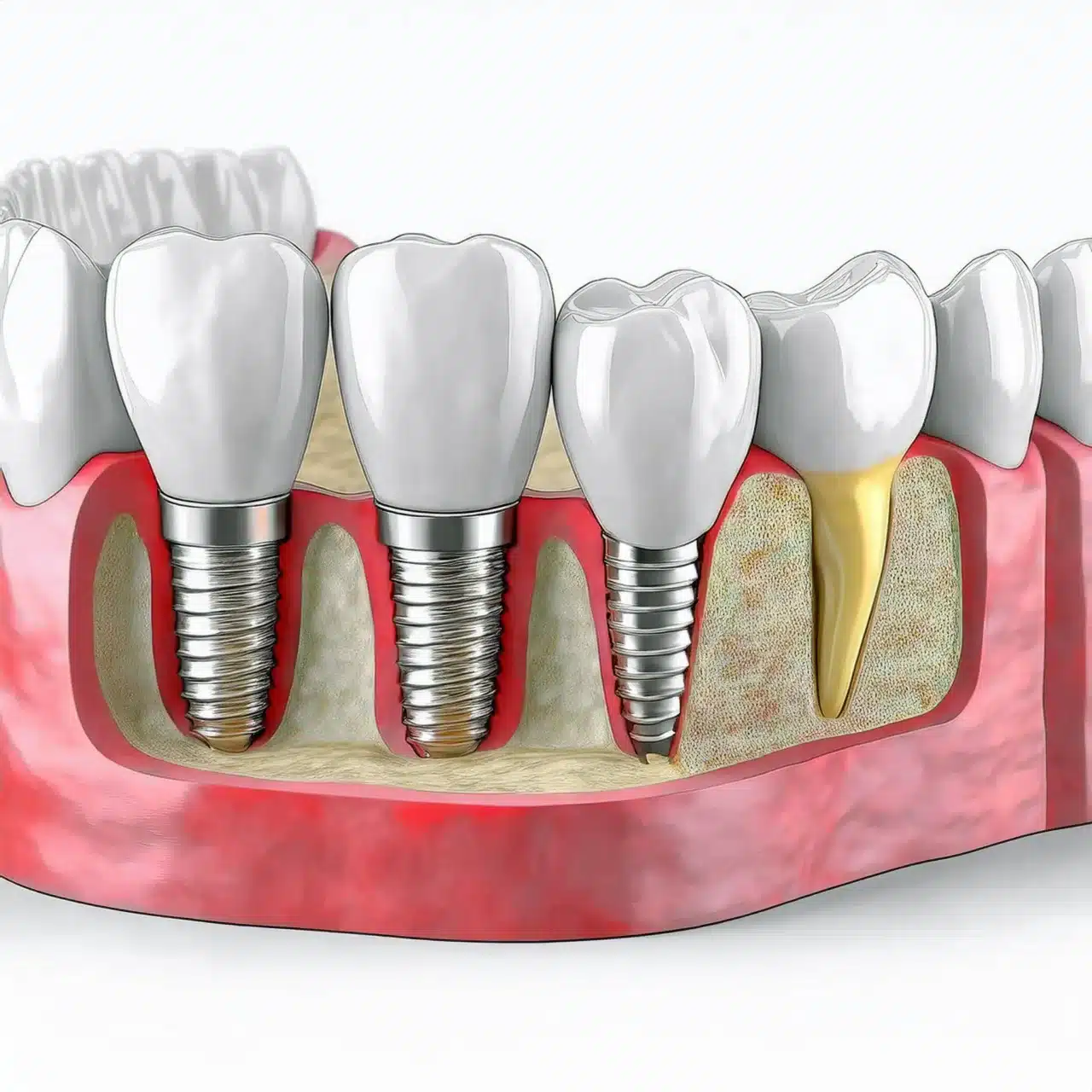
Kujdesi pas operacionit dhe mirëmbajtja e implanteve
Kujdesi afatgjatë për implantet dentare
Kujdesi i duhur postoperativ dhe mirëmbajtja afatgjatë janë çelësi për implantet dentare të suksesshme.
Këtu janë disa këshilla:
-
Kujdesi i menjëhershëm pas operacionit: Ndiqni me kujdes udhëzimet e dentistit tuaj për të siguruar shërimin e duhur dhe për të minimizuar komplikimet.
Kjo mund të përfshijë mosngrënjen e ushqimeve të caktuara, marrjen e medikamenteve të përshkruara dhe ndjekjen e takimeve pasuese (2).
-
Higjiena e gojës: Praktikoni zakone të mira të higjienës orale si larja e rregullt e dhëmbëve dhe pastrimi me fill me fill për të parandaluar grumbullimin e pllakave dhe sëmundjet e mishrave të dhëmbëve rreth implantit (4).
-
Kontrolle të rregullta: Programoni kontrolle të rregullta me dentistin tuaj për të monitoruar shëndetin e implanteve tuaja dhe për të adresuar çdo problem (5).
Shmangni duhanin: Pirja e duhanit mund të zvogëlojë shkallën e suksesit të implanteve dentare. Lënia e duhanit mund të zgjasë jetën e implanteve tuaja (2).Kush mund të vendosë implante dentare me humbje kockore? Në përgjithësi, individët që janë me shëndet të mirë, kanë mishra të dhëmbëve të shëndetshëm dhe kocka të mjaftueshme për të mbështetur implantin mund të jenë kandidatë. Megjithatë, ata me humbje të rëndë kockore mund të kërkojnë procedura shtesë si transplantimi i kockave ose implantet dentare zigomatike për të siguruar suksesin e implantit.
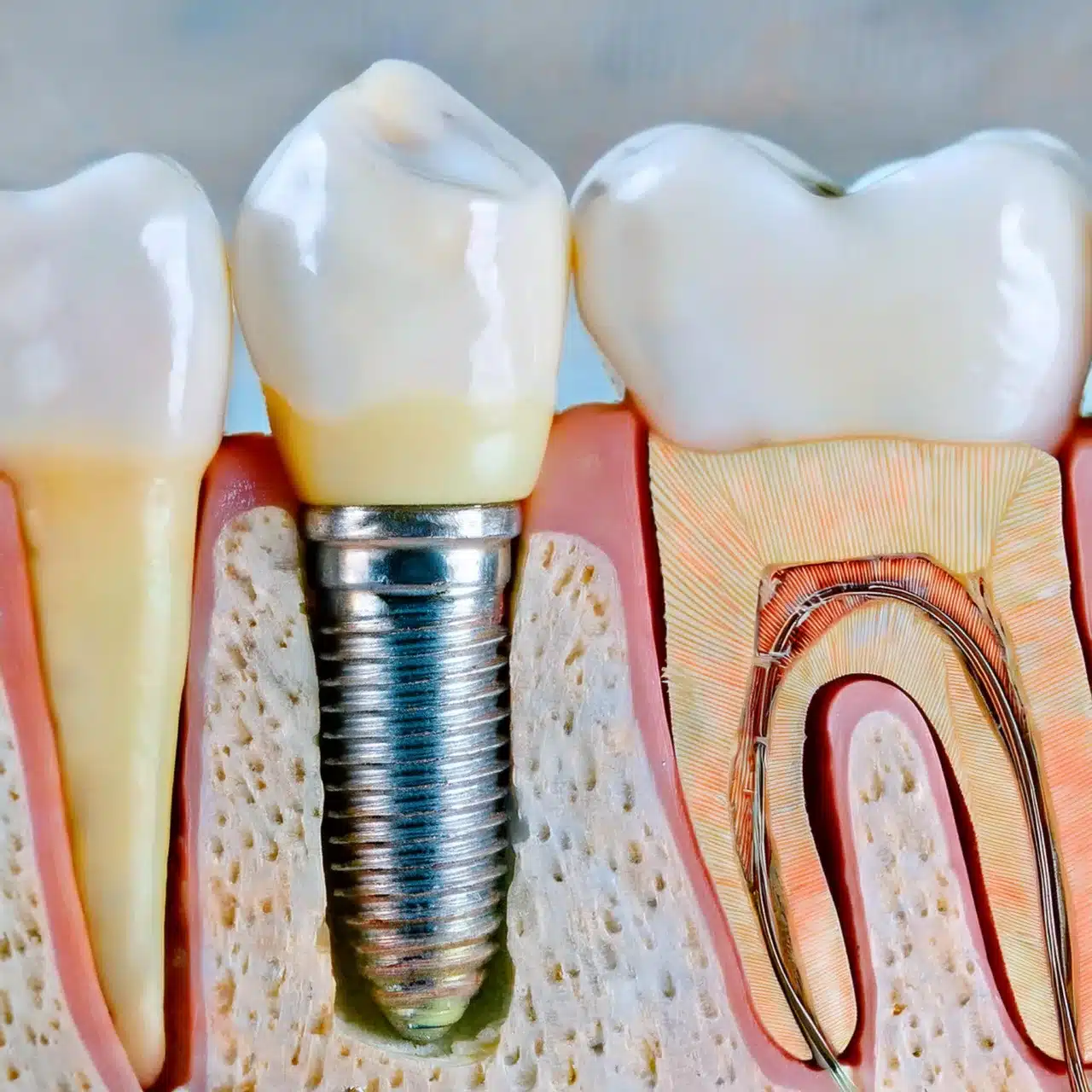
Përfundim & Çështje kryesore
Marrëdhëniet kryesore:
Implantet dentare mund të bëhen edhe me humbje kockore duke përdorur shartimin e kockave, ngritjen e sinuseve dhe shtimin e kreshtës.
Kujdesi i duhur postoperativ dhe mirëmbajtja afatgjatë janë çelësi për implantet dentare të suksesshme.
Ushqyerja luan një rol të madh në procesin e shërimit; një dietë e pasur me kalcium, vitaminë D dhe proteina ndihmon në osseointegrimin (2).
Zgjedhjet e stilit të jetesës si pirja e duhanit mund të ndikojnë në jetën e implanteve dentare (8).
konkluzioni:
Implantet dentare me humbje kockore kërkojnë planifikim dhe ekzekutim të kujdesshëm.
Duke kuptuar shkaqet e humbjes së kockave, duke eksploruar opsionet e trajtimit dhe duke ndjekur udhëzimet pas operacionit, pacientët mund të arrijnë rezultate të shkëlqyera.
Në Excelentis, ne jemi të përkushtuar të ofrojmë kujdes dhe udhëzim të plotë për të marrë rezultatin më të mirë të mundshëm për pacientët tanë.
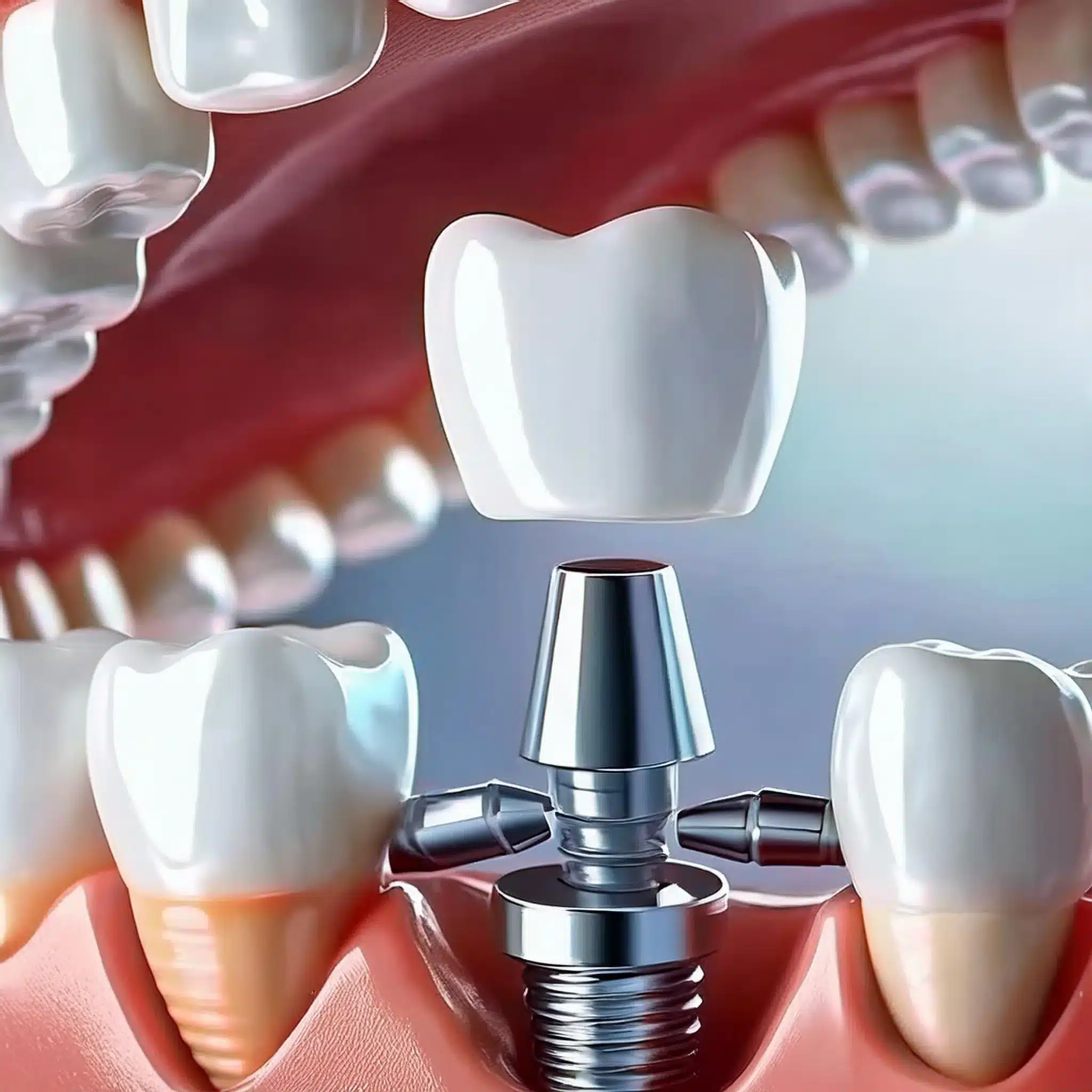
FAQ
Referencat
Esposito M, Grusovin MG, Coulthard P, et al. Ndërhyrjet për zëvendësimin e dhëmbëve që mungojnë: implantet dentare në foletë ekstraktuese të freskëta. Cochrane Database Syst Rev. 2006;(3):CD005968.
Neni: Ndërhyrjet për zëvendësimin e dhëmbëve që mungojnë: implantet dentare në foletë ekstraktuese të freskëta
Panchal M, Khare S, Khamkar P, etj. Implantet dentare: Një përmbledhje e llojeve, analizave të dizajnit, materialeve, metodave të prodhimit të aditivëve dhe fushëveprimit në të ardhmen. Procedura CIRP. 2022; 100: 1-10.
Neni: Implantet dentare: Një përmbledhje e llojeve, analizave të dizajnit, materialeve, metodave të prodhimit të aditivëve dhe qëllimit të ardhshëm
Lindeboom JA, Frenken JW, Kroon FH, etj. Ngarkimi i menjëhershëm kundrejt provizionalizimit të menjëhershëm të zëvendësimeve me një dhëmb: një studim i mundshëm i rastësishëm me implantet BioComp. J Oral Maxillofac Surg. 2006; 64 (6): 936-942.
Neni: Ngarkimi i menjëhershëm kundrejt provizionalizimit të menjëhershëm të zëvendësimeve me një dhëmb
Albrektsson T, Zarb G, Worthington P, etj. Efikasiteti afatgjatë i implanteve dentare të përdorura aktualisht: një rishikim dhe kriteret e propozuara të suksesit. Implantet Maxillofac Oral Int J. 1986; 1 (1): 11-25.
Neni: Efikasiteti afatgjatë i implanteve dentare të përdorura aktualisht
Buser D, Sennerby L, De Bruyn H. Stomatologji moderne implantare e bazuar në osseointegrimin: 50 vjet progres, tendenca aktuale dhe pyetje të hapura. Periodontol 2000. 2017;73(1):7-21.
Neni: Stomatologji implantare moderne e bazuar në osseointegrim

